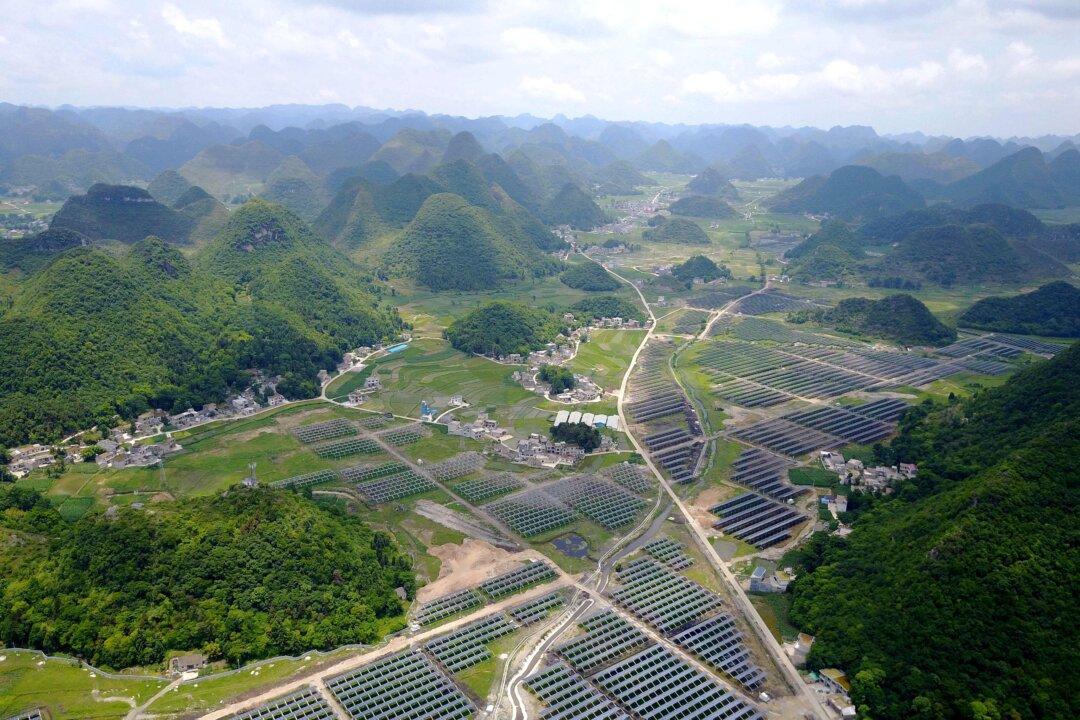News Analysis
China’s transition to a green economy is imploding as the economic growth needed to pay for the massive state-funded subsidies hits its slowest pace in three decades.

China’s transition to a green economy is imploding as the economic growth needed to pay for the massive state-funded subsidies hits its slowest pace in three decades.